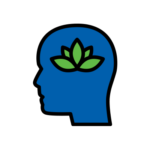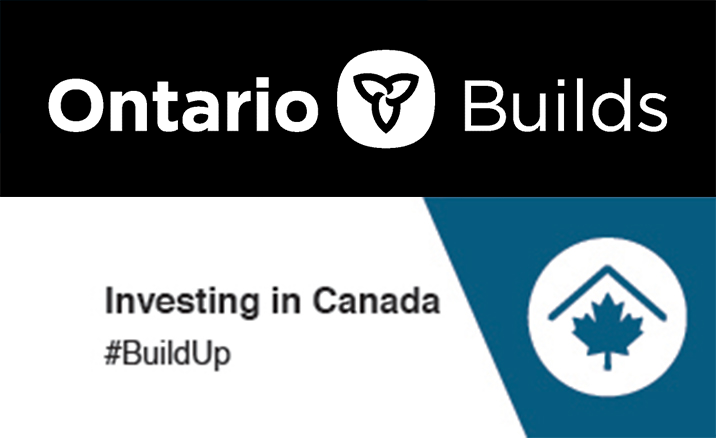
The WRDSB’s 2022-2023 Board Improvement and Equity Plan (BIEP) has identified four key areas and corresponding results statements that connect to the strategic directions set out in our Strategic Plan. As we continue to focus on student achievement and well-being, we developed several performance indicators to measure our progress.
The following are the definitions of the different components of the BIEP:
- Results – The outcomes we desire for every WRDSB student and staff member.
- Indicators – Measures which help us to gauge our progress to achieving the desired result (e.g., Achievement – Every student will succeed academically)
- Strategies – Approaches that are most likely to have a positive influence (an impact) on an indicator.
- Actions – Descriptions of the work that is taking place to make the strategies a reality in classrooms, schools, and the district.
Updates on Outcomes from the 2022-23 Plan
In the first year of the implementation of the Board Improvement and Equity Plan:
- We are seeing incremental growth in student achievement, particularly in the areas of literacy and numeracy.
- We are engaging with students, staff, parents/families/caregivers and the community while building capacity to promote equitable and inclusive learning opportunities to foster a culture of sovereignty, human rights and equity in the WRDSB.
- We are continuing to utilize results from the Safe, Caring and Inclusive School survey and Guarding Minds at Work survey to inform decision-making and support student and staff mental health and well-being.
- We are preparing WRDSB students for the future by providing innovative learning opportunities with real-world applications.
We know each learner is different and we are committed to providing access to the necessary supports for success in academic achievement and well-being to improve outcomes for all.
“We intend to change the future of public education from right here at WRDSB.”
– jeewan chanicka, director of education for the WRDSB
Four Areas of the BIEP

Achievement
Every student will succeed academically.
| Indicators | Strategies | Actions |
|---|---|---|
| 76% of Grade 2 students achieved a final grade of B- or higher (70%) in reading on their final report card |
|
|
2022-23 Grade 3 EQAO – % of students who met or exceeded the provincial standard:
2022-23 Grade 6 EQAO – % of students who met or exceeded the provincial standard:
|
|
|
| 55% of students met or exceed provincial standard on the 2022-2023 Grade 9 EQAO |
|
|
| 85% of first time eligible fully participating students were successful on the 2022-2023 Ontario Secondary School Literacy Test (OSSLT) |
|
|
Evidence of how we are supporting achievement

In the 2022-23 school year, more than 600 secondary school students participated in a design thinking program. The program partners with Smart Waterloo Region Innovation Lab (SWRIL) to teach students design thinking tools using the GIMI Impact Program. Using this approach, students are encouraged to address challenges or issues in their local communities and/or the world and create solutions. Curriculum expectations are met through this – so while students are learning they are also making a difference in the world. Some students pitched these ideas and were able to get funding to make their ideas come to life.
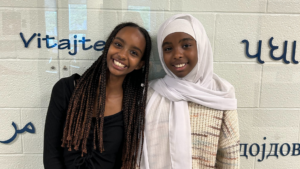
WRDSB has developed five strategies to support student agency and voice. Learn more about how we are centering student voice and Transforming Education.
The WRDSB Intermediate Math Intervention Project assists students across 20 schools utilizing a tiered small-group instruction approach to deliver targeted instruction based on individual student needs.
Learn more about how we’re focused on supporting student achievement
- De-streaming for Secondary Students
- Education Quality and Accountability Office (EQAO) assessment results
- Professional Development Days for School Staff
- Transforming Education: Literacy and Numeracy for a Changing World
Sovereignty, human rights and equity
Every student and staff member has equitable opportunities in an environment free from discrimination.
| Indicators | Strategies | Actions |
|---|---|---|
% of students achieving a final grade of 70% or higher in Grade 9 De-streamed Math (MTH1W):
|
|
|
| 4% of students in Grades 4-12 were suspended |
|
|
| 42 Human rights complaints submitted |
|
|
|
|
|
% of students receiving special education accommodations and/or modifications:
|
|
|
% of multilingual learner students who are receiving accommodations and/or modifications:
|
|
|
Evidence of of how we are supporting sovereignty, human rights and equity
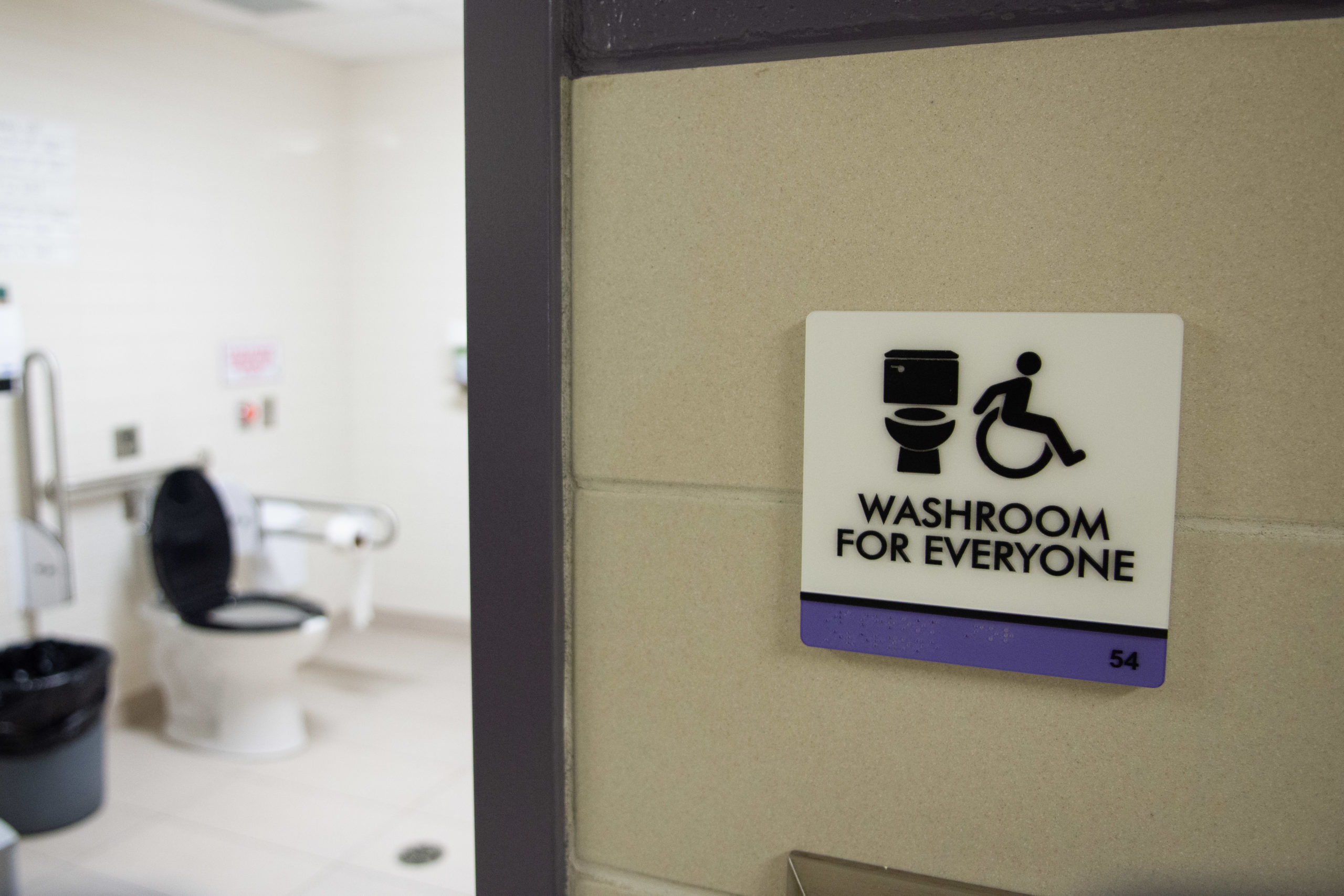
WRDSB continues its commitment to implementing WRDSB Accessibility Plan 2021-2026, including launching the Accessibility Status by School website.
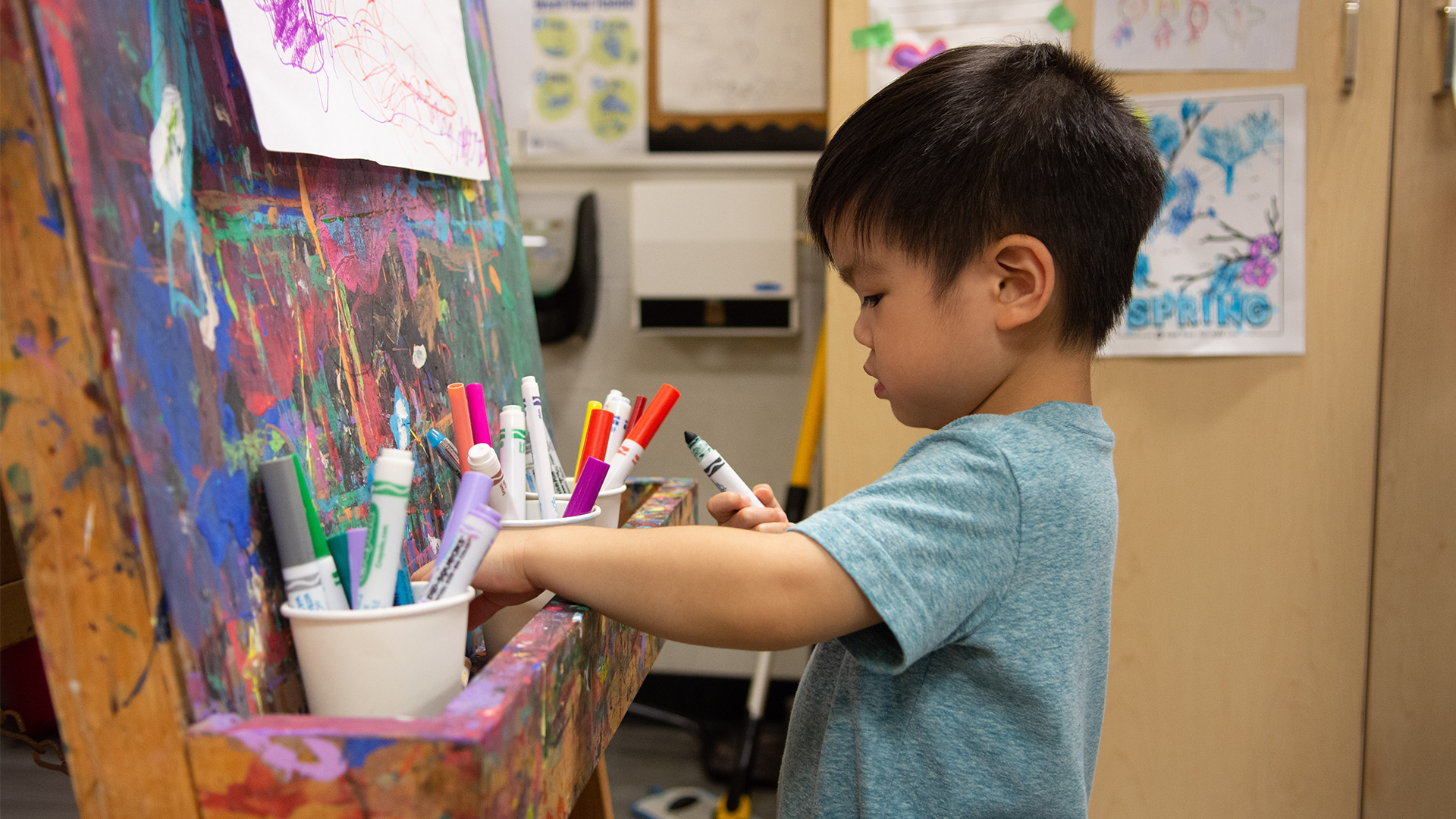
Through licensing its Extended Day Program, WRDSB is able to provide more affordable and accessible child care to help to provide the conditions for all students to improve their academic achievement and well-being.
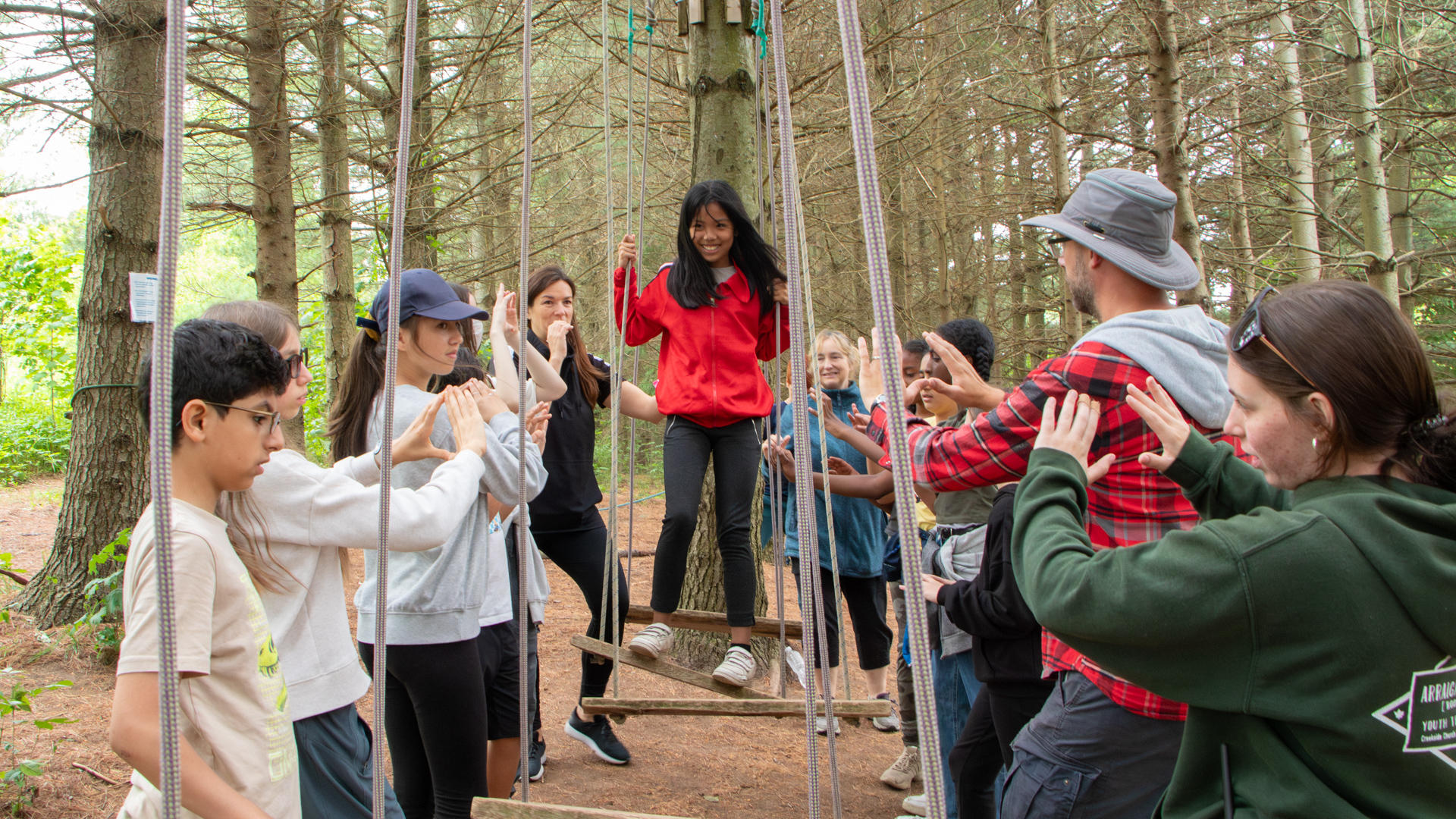
The Multilingual Language Learners (MLL) team relaunched a day camp for Grade 5 and 6 students who have been in Canada for less than three years. The camp hosted 200 students from more than 30 WRSB schools and students participated in an array of activities, including high and low ropes challenges, archery and tie-dye.
Learn more about how we’re focused on centring sovereignty, human rights and equity:
- Assistive Technology Support for Families
- Indigenous, Equity, and Human Rights Department
- International Mother Language Day
- International and Indigenous Languages Program
- Job Fair for Indigenous, Black and Racialized Individuals
- Update to De-Streaming in Secondary Schools
- 2021 Student Census
- 2019 Workforce Census
Mental health, well-being and engagement
Every student and staff member will learn and work in environments that engage them and support their mental health and well-being.
| Indicators | Strategies | Actions |
|---|---|---|
Middle Years Development Instrument: % of students who responded “agree a little” or “agree a lot” to the statement “I feel like I am important to this school”:
Middle Years Development Instrument: % of students who responded “never this school year” to the question “How often have you been bullied by other students in the following ways?”:
|
|
|
Middle Years Development Instrument: % of students with high well-being
Note: The Middle Years Development Instrument (MDI) Well-being Index consists of measures relating to children’s physical health and social and emotional development that are of importance during the middle years: Optimism, Happiness, Self-Esteem, Absence of Sadness and General Health. On the MDI, a “high well-being” categorization represents students who reported positive responses on at least 4 of the 5 measures and no low range scores. |
|
|
| 56% of staff who completed the the Guarding Minds at Work survey agreed with statements related to the workplace being psychologically and socially supportive. |
|
|
| 62% of staff who completed the the Guarding Minds at Work survey agreed with statements related to factors in the workplace protecting their physical safety. |
|
|
| 70% of secondary school students who completed a pilot student engagement survey indicated they are ‘always’ or ‘often’ engaged in school. |
|
|
| 91% of staff who completed the the Guarding Minds at Work survey agreed with statements related to feeling engaged at work. |
|
|
|
77% of secondary school students who completed a pilot student engagement survey agreed that their family/caregiver takes an interest in their learning. Note: With the launch of the family and community engagement plan, in 23-24 we will gather data on the % of families who feel engaged in their child’s learning. |
|
|
Evidence of how we are supporting mental health, well-being and engagement

In recognition of Mental Health Week in May 2023, students and staff shared personal reflections through the #MyStory campaign to help break the stigma of talking about mental health.
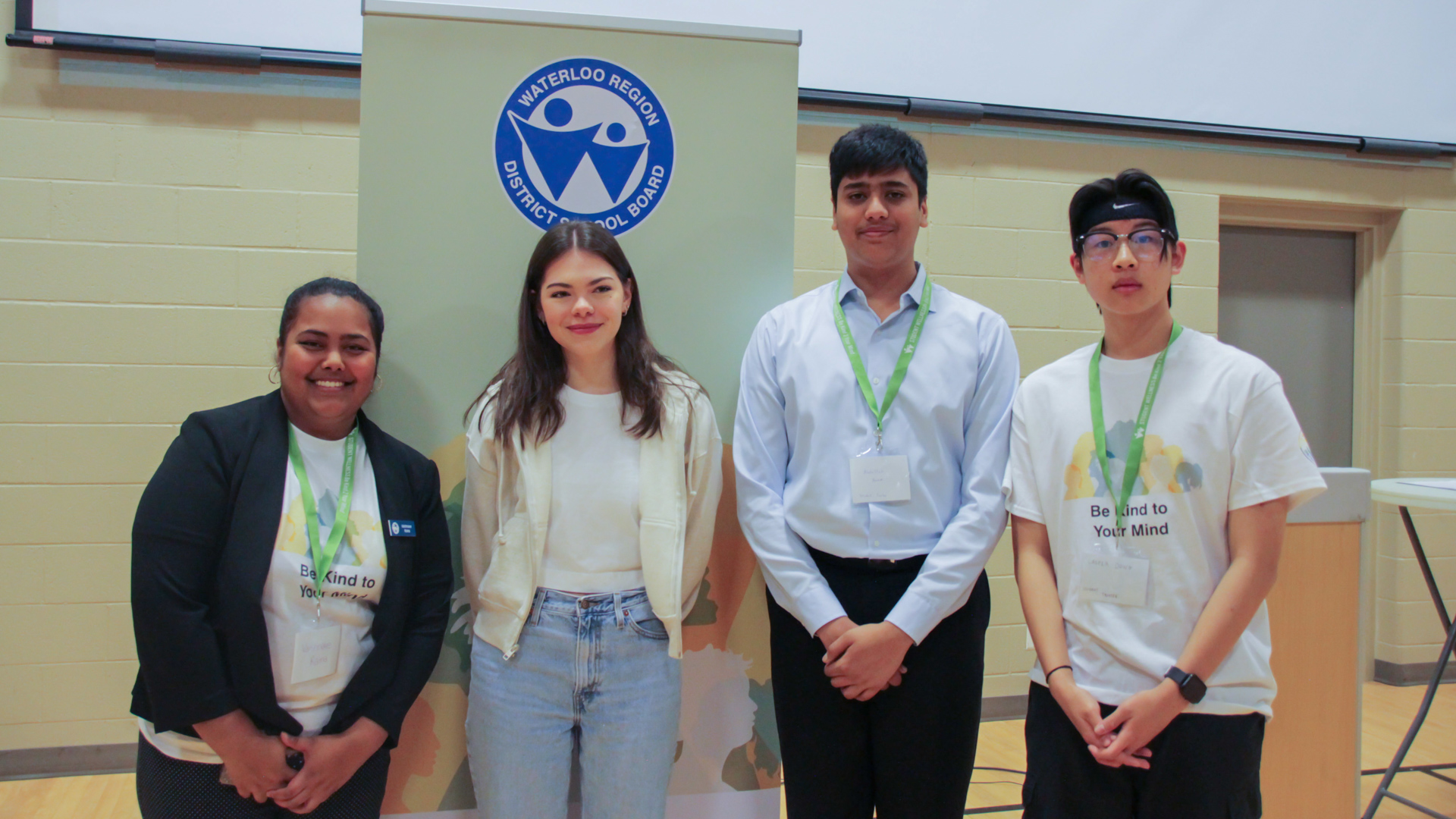
More than 100 students from secondary schools across WRDSB participated in the first-ever Student Wellness Conference, entitled Be Kind to Your Mind. The event brought together students, staff and community partners for a day focused on providing students with the information and resources they need to support their mental health and well-being.
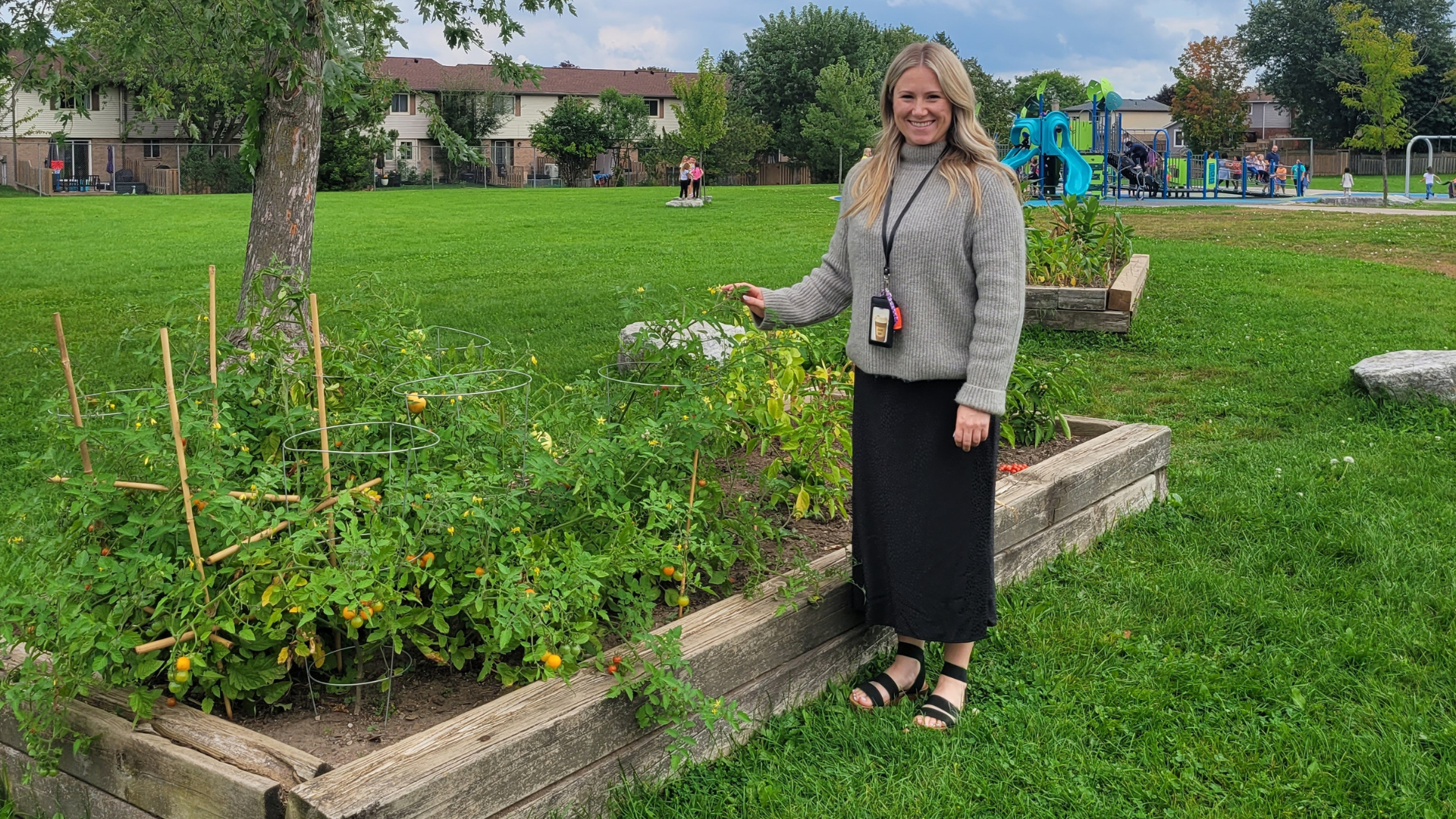
WRDSB has developed a Disconnecting from Work Protocol to support a positive shift in our organizational culture. Ensuring that staff have healthy and professional boundaries between work and home is an important part of that commitment and is an investment in positive mental health and the ability to serve and support students.
Learn more about how we’re creating learning and work environments that support mental health and well-being:
- Anonymous Bullying Reporting Tool
- Black Brilliance Shines Bright at Annual Student Conference
- Celebrating parent connections with Adventure4Change
- Creating microforests across Waterloo Region
- Families and Caregivers Supported by System Navigators
- Psychology Staff Lunch and Learn Sessions for Parents and Caregivers
- Safe, Caring and Inclusive School Survey
- Talking about Mental Health
Pathways and transitions
Every student is prepared for the next step in their elementary and secondary education and their postsecondary pathway.
| Indicators | Strategies | Actions |
|---|---|---|
| 80% of secondary school students finished Grade 10 with 16 credits |
|
|
% of students graduating who graduated in 4 or 5 years (2017-18 Cohort):
|
|
|
|
|
|
|
42% of secondary students submitted at least one application for full-time, first-year, fall-entry, undergraduate university study in Ontario. Note: We are awaiting data from the Ontario College Application Service for the % of students who applied to a college program. |
|
|
Evidence of how we are supporting pathways and transitions

WRDSB creates experiential learning opportunities for students to develop career-ready skills, including providing Co-op opportunities, Ontario Youth Apprenticeship Program, and 55 Specialist High Skills Majors (SHSH) program areas across 16 secondary schools.
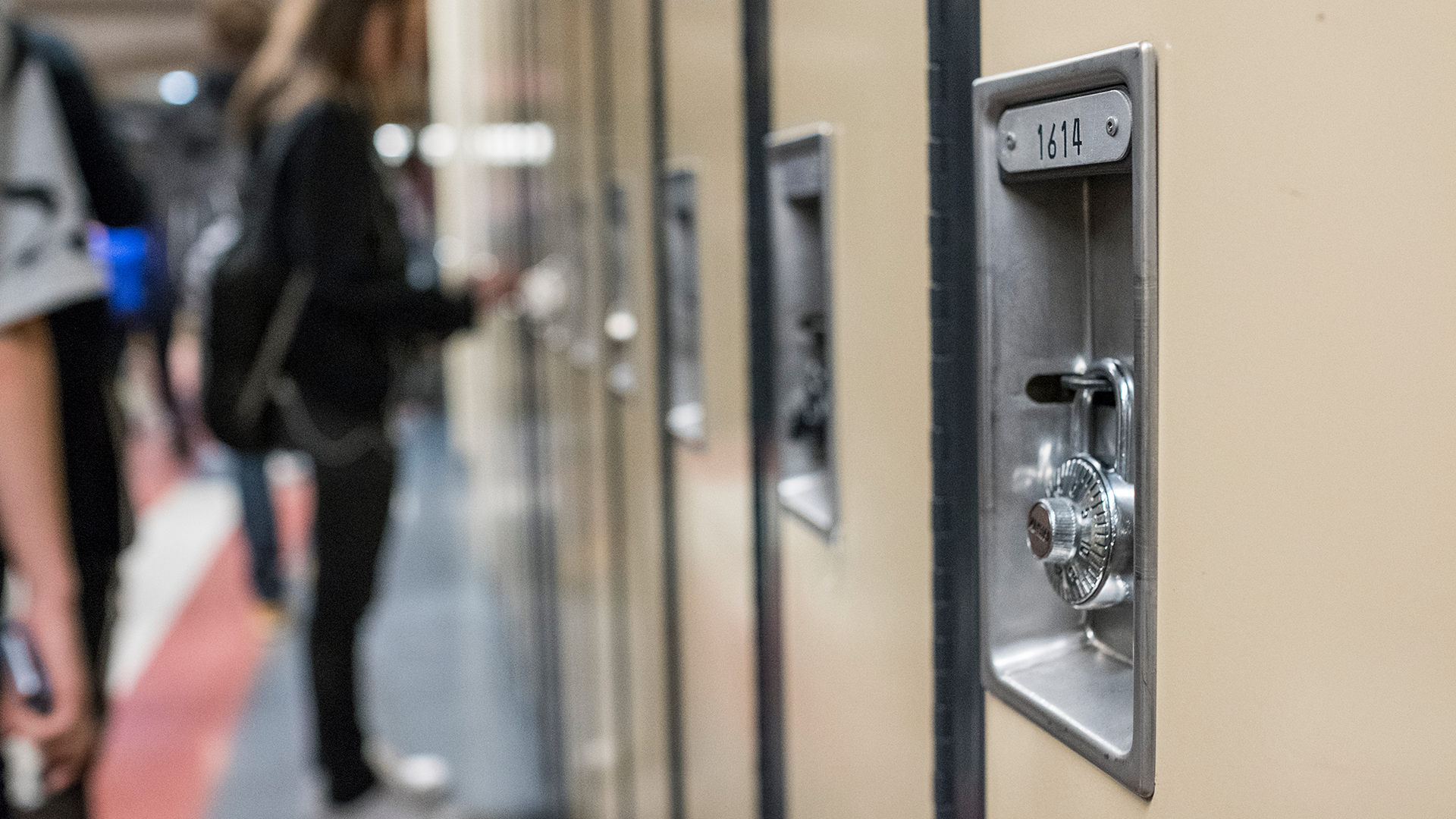
Secondary schools support Grade 8 students to get ready for the transition to Grade 9 during information sessions and ongoing engagement to support student learning and promote positive transitions.

WRDSB students are supported in reaching graduation and beyond through a focus on mathematics, literacy, and supporting the development of students’ capacity for compassion, creativity, curiosity and social responsibility.
Learn more about how we’re supporting all students prepare for their chosen pathways:
- Bringing Innovation to Secondary Students Across the WRDSB
- Preparing Waterloo Region’s Future Change Makers Through Systems Thinking
- Students Aim to Improve Experiences of Newcomers with Design Thinking
- WRDSB students contribute big ideas at Council for a Day event
Tags: Board Improvement and Equity Plan · Results Statements

